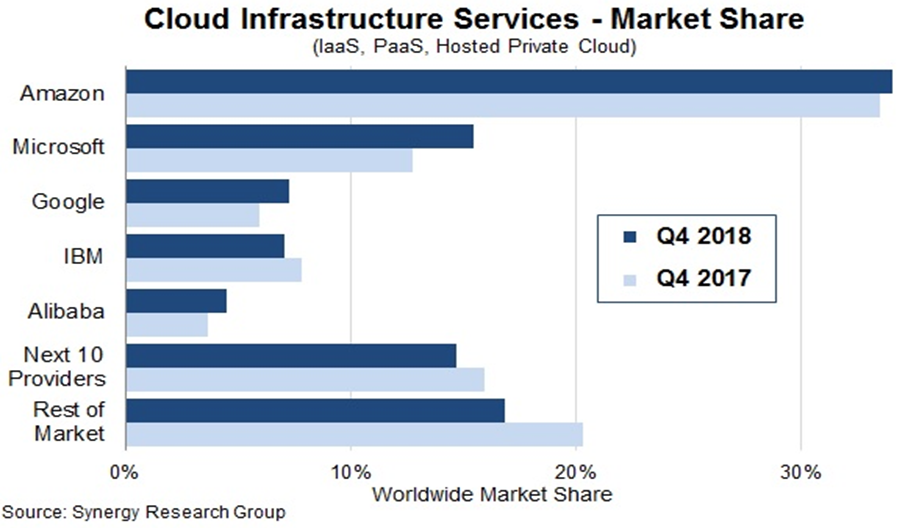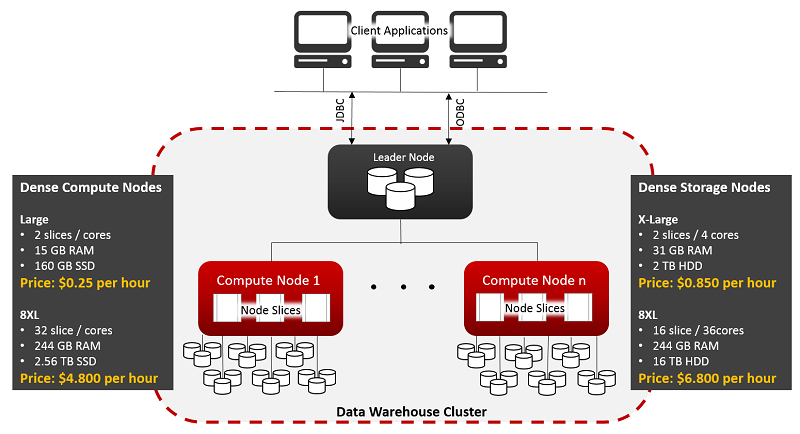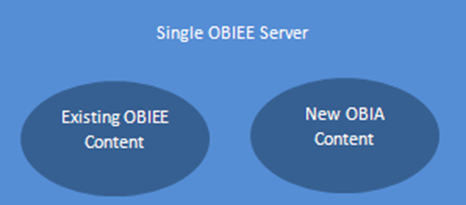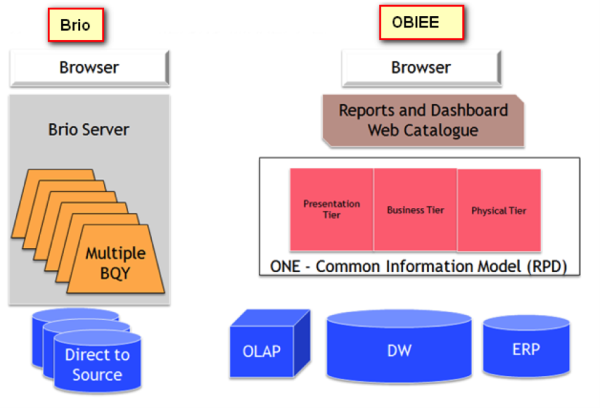by Mohit Mathur
Not 100% convinced of migrating to AWS Aurora?
According to the latest reports released in February 2019 by leading market research companies, 94% of respondents now leverage cloud technologies. Public cloud adoption is at 91 percent and private cloud adoption is at 72 percent, according to the Right scale. A Cloud Management Company.
According to the survey done by Gartner in the last quarter of 2018:
- Organizations of all sizes are moving to cloud solutions, such as core financial applications, for transactional systems of record.
- Cloud momentum is consistently higher across financial business applications year over year.
- Business analytics and enterprise business applications continue as top investment initiatives for senior financial executives.
According to Gartner's survey, smaller and midsize organizations are adopting cloud more rapidly than larger organizations, with 44.6 percent of smaller organizations, 37.7 percent of midsize enterprises and 40.4 percent of large organizations planning to move to the cloud over the next three years.
When it comes to public cloud services, AWS is still the leading cloud service provider and dominates the market share. So, it's obvious for more organizations to move to AWS to host their applications/databases.

One of the relational databases supported by Amazon Web Services (AWS) is Aurora. This article will focus on things to be taken into consideration when moving your database to Aurora.
AWS Aurora in a Nutshell
Amazon Aurora is a relational database engine that combines the speed and reliability of high-end commercial databases with the simplicity and cost-effectiveness of open source databases. Its MySQL- and PostgreSQL-compatible database engines are customized to take advantage of that fast distributed storage.
Below are some of its characteristics:
- Delivers up to five times the throughput of standard MySQL
- Delivers up to three times the throughput of standard PostgreSQL.
- Offers greater than 99.99% availability
- Fault Tolerance
- Automatically detects database crash and restarts
Migration of any relational database to Amazon Aurora can substantially reduce your database costs, while improving reliability and performance.
Things to consider when migrating to Aurora
Here are the major points to be taken into account before moving to Amazon Aurora:
Create a database migration assessment report - This report is created using a tool called Schema Conversion Tool from Amazon also known as AWS SCT.
AWS SCT provides a project-based user interface to automatically convert the database schema of your source database into a format compatible with your target. If schema from the source database can't be converted automatically, AWS SCT provides guidance on how to create the equivalent schema in the target.
AWS SCT supports the following OLTP conversions for Aurora:
| OLTP Source Database | Target Database on Amazon RDS |
| Microsoft SQL Server (version 2008 and later) | Amazon Aurora (MySQL or PostgreSQL) |
| MySQL (version 5.5 and later) | Amazon Aurora (PostgreSQL) |
| Oracle (version 10.2 and later) | Amazon Aurora (MySQL or PostgreSQL) |
| PostgreSQL (version 9.1 and later) | Amazon Aurora (MySQL) |
| IBM Db2 LUW (versions 9.1, 9.5, 9.7, 10.5, and 11.1) | Amazon Aurora (MySQL) Amazon Aurora (PostgreSQL) |
Database migration assessment report summarizes all of the schema conversion tasks and details the action items for a schema that can't be converted to the DB engine of the target DB instance.
Analyse your existing database and accordingly spin up the AWS Aurora RDS. Following important DB properties of the existing database should be known before spinning up the Aurora RDS
- DB Version
- Server OS
- Hypervisor or Non Hypervisor
- CPU Cores
- Memory
- CPU Utilization
- Memory Utilization
- DB Size
- Cluster or Single
- Character Set
Costs are important when we make an infrastructure move. To facilitate customers/prospects/partners with the same AWS provides a tool - SIMPLE MONTHLY CALCULATOR. The AWS Simple Monthly Calculator helps customers and prospects estimate their monthly AWS bill more efficiently. This tool is free and can be accessed through its public S3 address. Here is link to AWS Calculator: - https://calculator.s3.amazonaws.com/index.html
These calculations can be saved and shared with others. This is also a great tool to try all the permutations and combinations to choose DB instances, DB Engine and licenses, Class and Deployment, Storage, I/O etc.
That's all Folks!
Insight into your own database, DB migration assessment report by AWS SCT and costs estimations using AWS calculator these are three musketeers of your migration to AWS Aurora. Consider them properly to have a successful migration.
As an AWS partner, KPI Partners can help you with AWS Aurora migration assessment, among others, to achieve your performance and cost-benefit objectives. Let us contact you.
Check out our recent customer success story to see how we've helped our client:
Cigna
Do you enjoy solving technology problems and helping people meet their data analytics challenges? Maybe you would be a good fit for our team. See our job openings.
Mohit Mathur is a Lead Consultant in KPI Partners and has around 7 years of experience in Datawarehousing and Business Intelligence. He has extensively worked on Data Integration using Informatica, ODI, and Talend along with his reporting experience in OBIEE.In addition to this, he is a certified Cassandra Developer with proficiency in Amazon Web Services.



Comments
Comments not added yet!